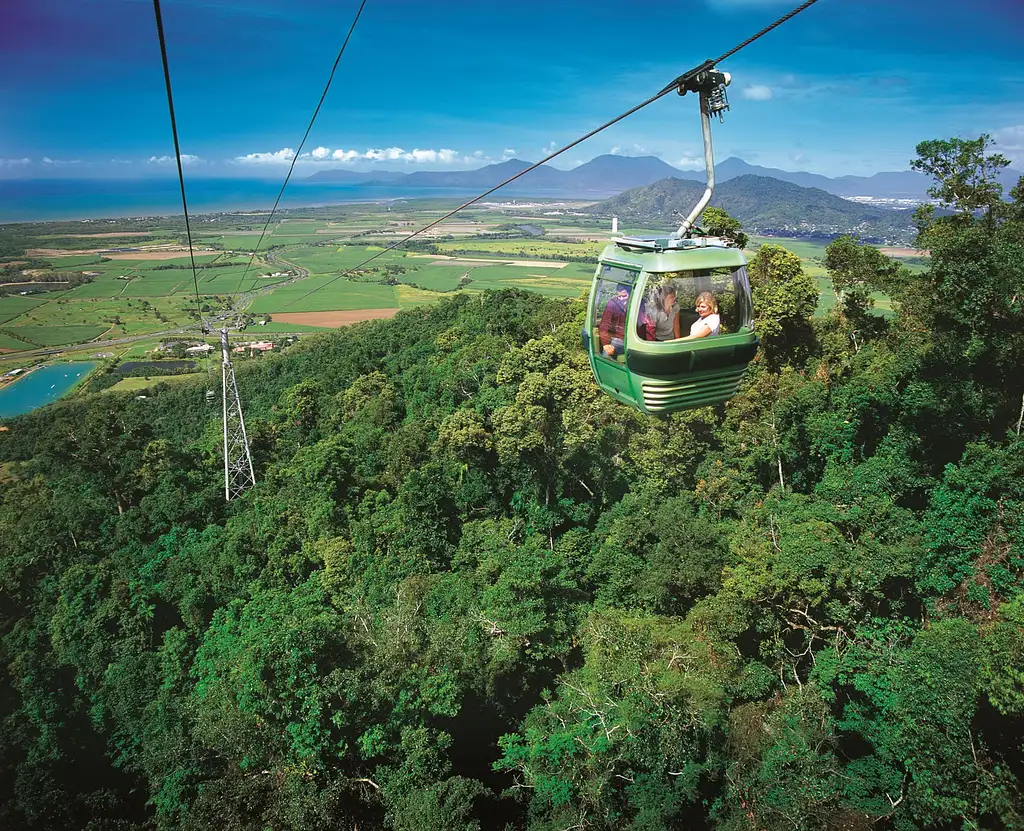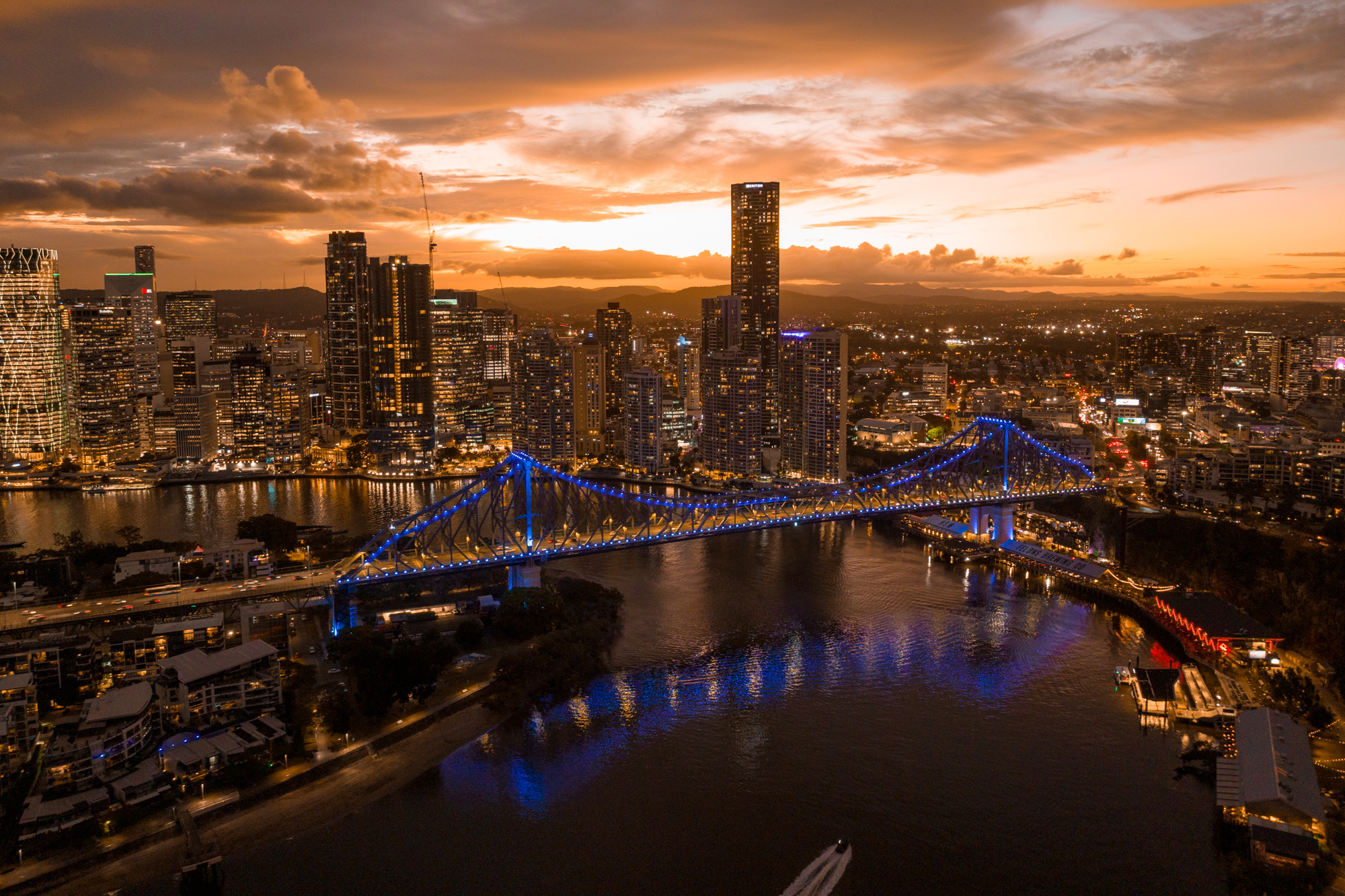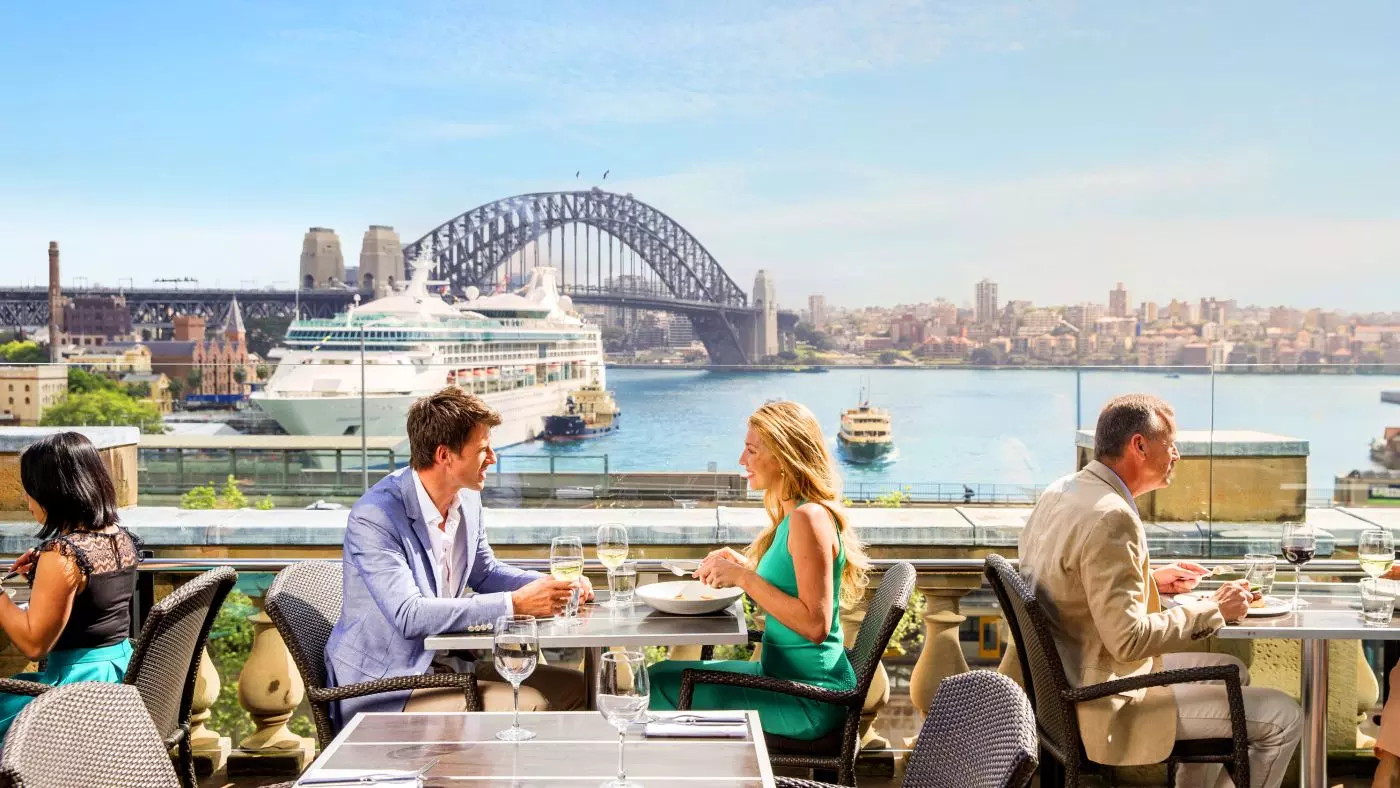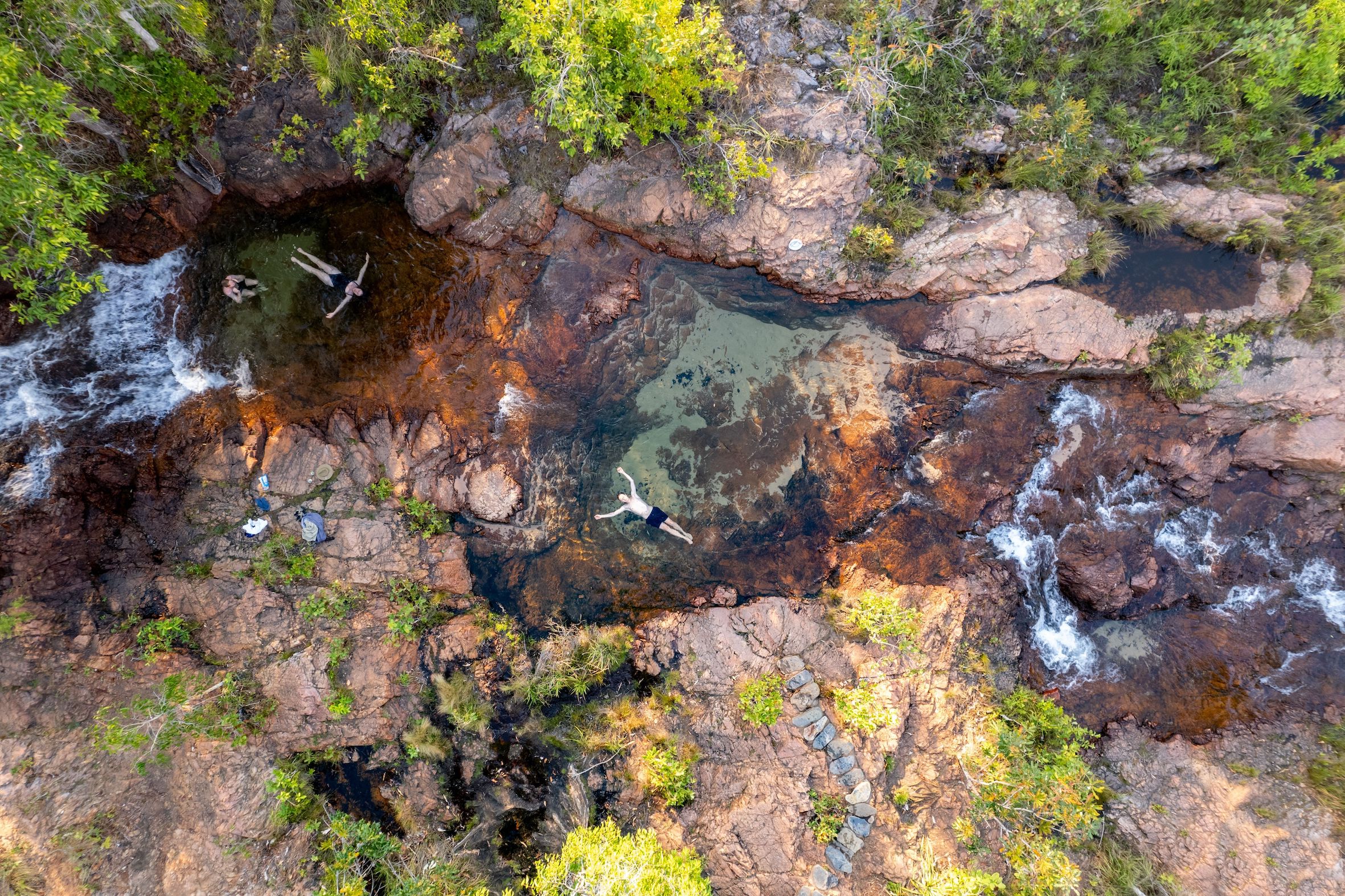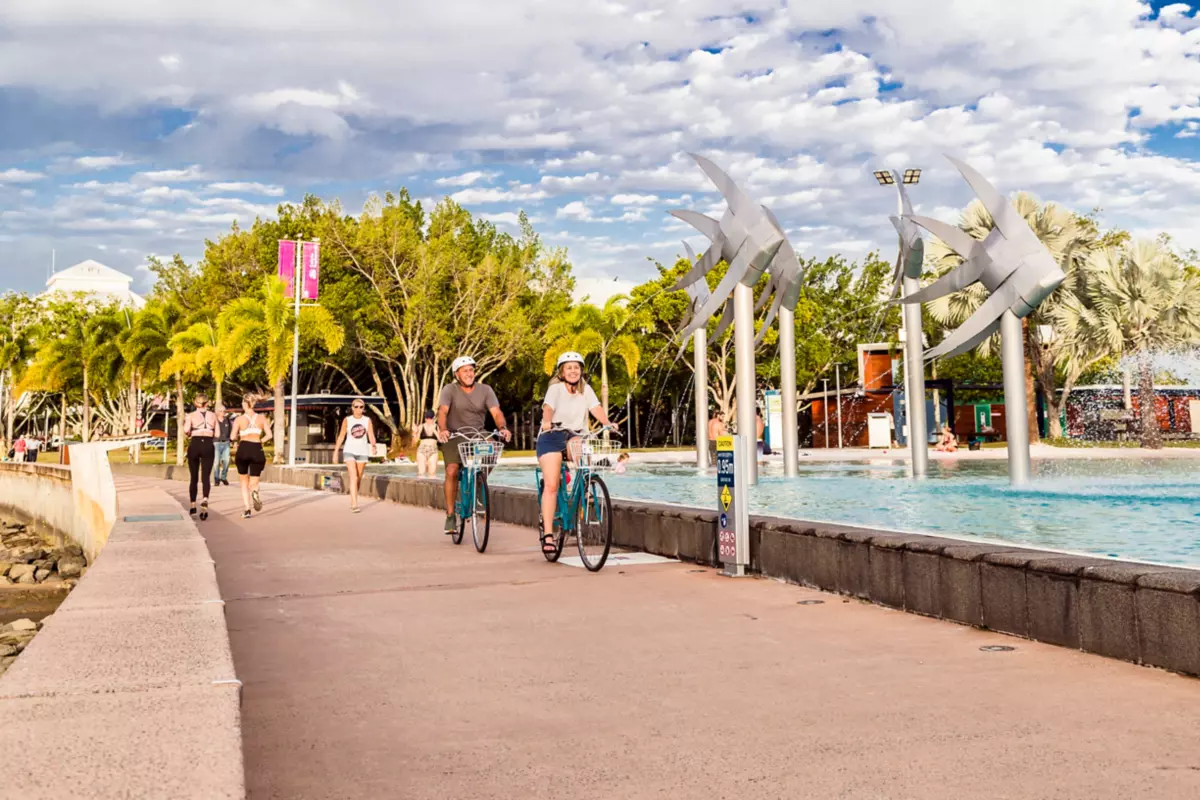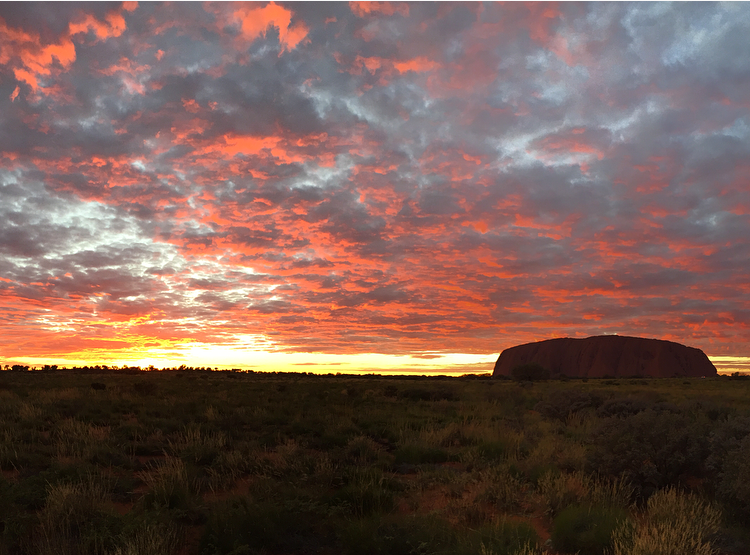The Great Barrier Reef is a wonderland of colourful corals and vibrant marine life, making it a haven for both animals and tourists alike. However, this incredible destination is as popular as it is vulnerable, and protecting its unique ecosystem has never been more important.
If you’re planning to visit the reef sometime soon and are interested to know how you can look after it during your trip, we’ve got you covered! Check out our top tips for tourists visiting the reef below and learn how you can do your part to protect the Great Barrier Reef today!
Why is the Great Barrier Reef Important?
The Great Barrier Reef is important for several reasons, from its ecological value to its economic impact and deep cultural significance. As one of the most diverse ecosystems on the planet, it provides much-needed shelter to several rare and endangered species.
However, that’s not where its significance ends. The Great Barrier Reef also plays a vital role in the broader marine environment. The reef’s complex food chain allows its many marine animals to easily and very effectively cycle nutrients and filter water. This directly impacts the Ocean’s health overall, creating clean, clear waters that support a range of marine life forms.

How Can We Protect the Great Barrier Reef?
As climate change and other environmental impacts continue to endanger the reef’s diverse biosphere, conservation is more crucial now than ever before. Luckily, there are plenty of things you can do as a visitor to the Great Barrier Reef to help protect the future of this enchanting natural wonder.
Dive and Snorkel Responsibly
One important step you can take is to practice responsible diving and snorkelling practices during your reef trip. These practices include wearing reef-safe sunscreen to protect the corals and yourself, avoiding direct contact with the corals, and following the guidelines set out by your tour operator.
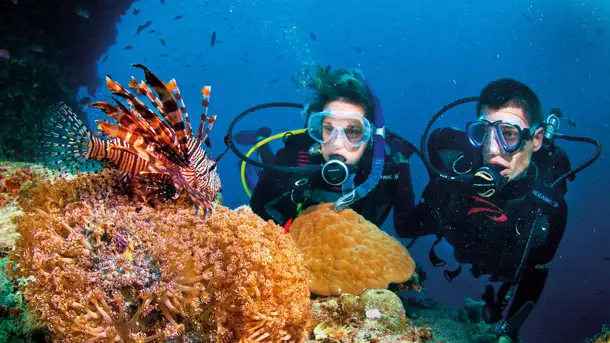
Reduce Your Environmental Impact
Minimising your environmental impact during and after your tour is another great way to protect the Great Barrier Reef and its animals. We suggest bringing a reusable water bottle on your tour to avoid using single-use plastics. You can also make sure all your trash is correctly disposed of on your tour boat or taken with you to dispose of properly once you’re back on solid ground.
Choose Eco-Friendly Tours
You can also choose eco-friendly reef tours from environmentally-conscious operators who engage in responsible practices and actively work to minimise their impact on the environment. Some tour operators also participate in reef conservation programs such as coral planting or marine research. Choosing these operators can help to fund and support their conservation activities, directly supporting the reef’s future.
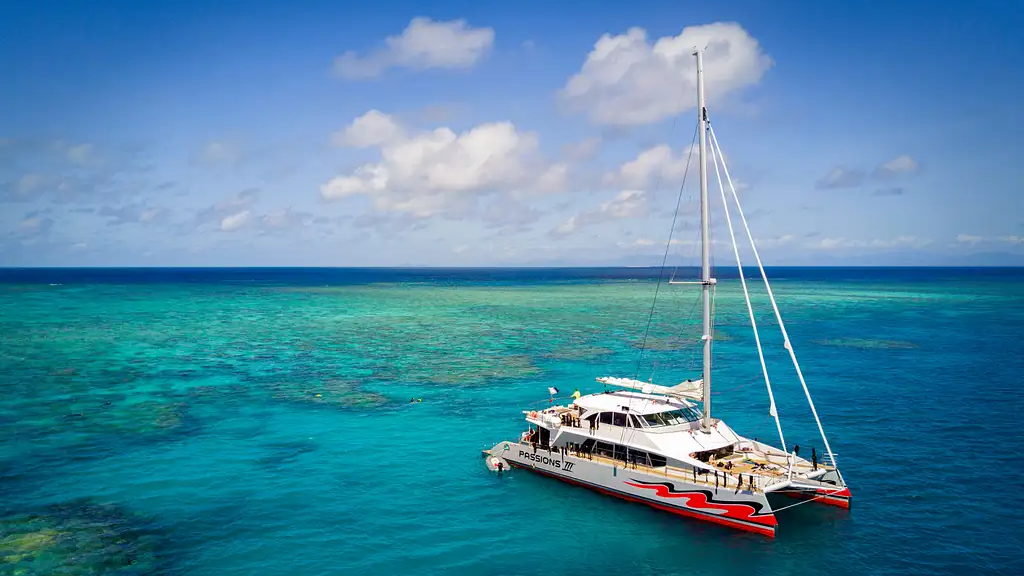
Check Out Our Eco-Friendly Reef Tours Today!
If you haven’t booked your trip to the Great Barrier Reef yet, then Backpacker Deals can help! We have a range of eco-certified and sustainable reef tours for you to choose from, making it easy to plan your perfect day out! Take a look through our entire selection and book your next trip with Backpacker Deals today!


